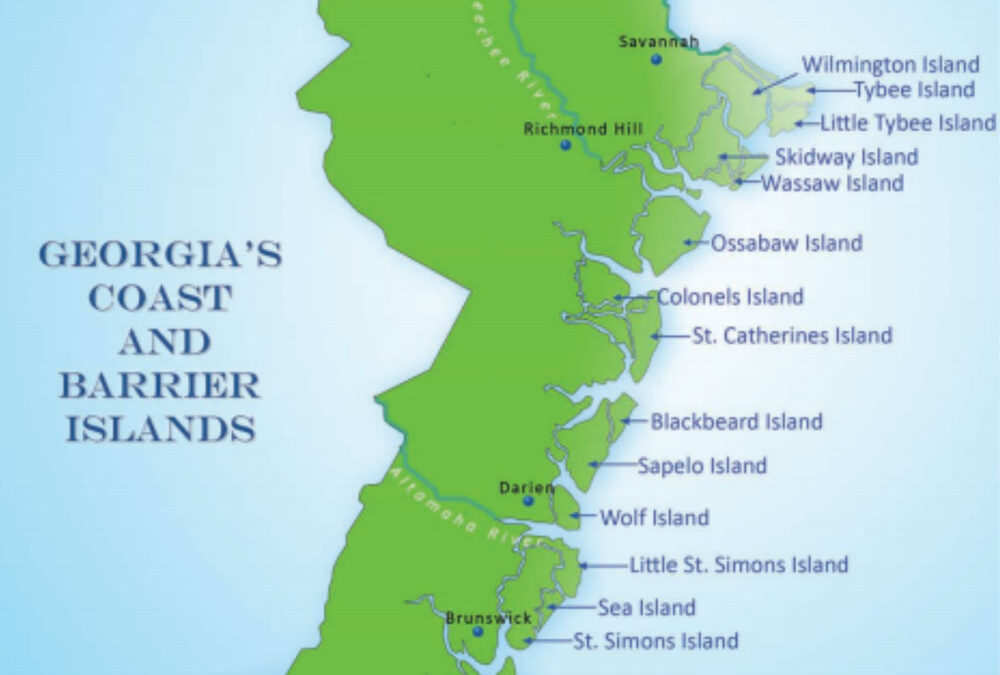
by lizzi | Dec 7, 2020 | News & Updates, Newsletter Vol. 9
By Dorinda Dallmeyer People may believe that children should visit pristine, magnificent places like America’s national parks to develop a love of nature. On the contrary, many coastal conservationists recall fond memories of learning to love the Georgia coast by...
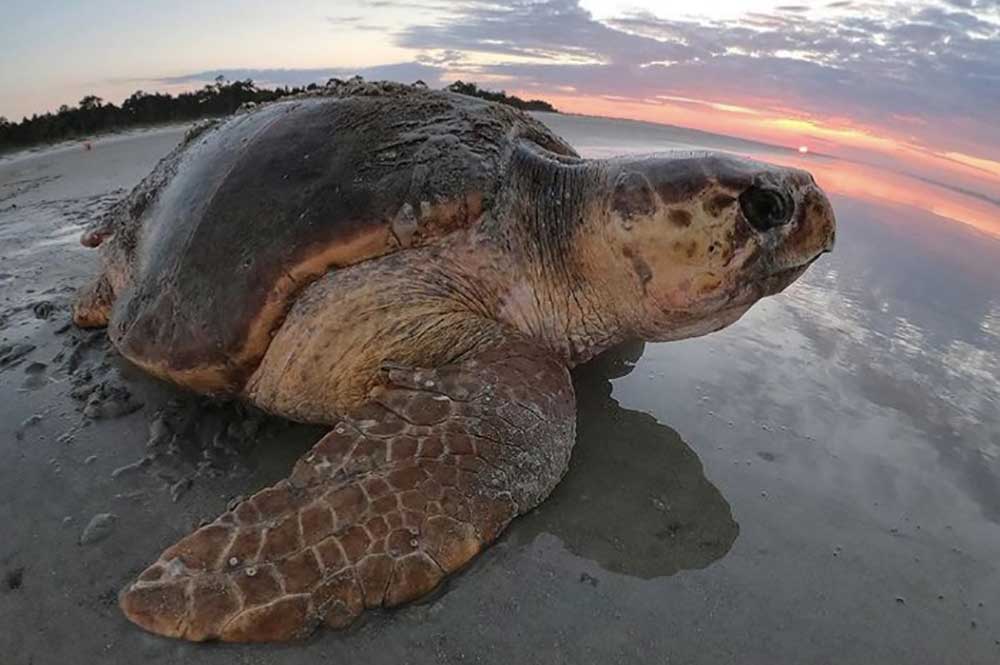
by lizzi | Dec 7, 2020 | News & Updates, Newsletter Vol. 9
By Christa Hayes George Parsons, born in 1826 and raised in Maine, worked with his brother to build successful business ventures in southern cities, including Savannah. Parsons was known for his strong family ties, a concern for community needs, and generosity. ...
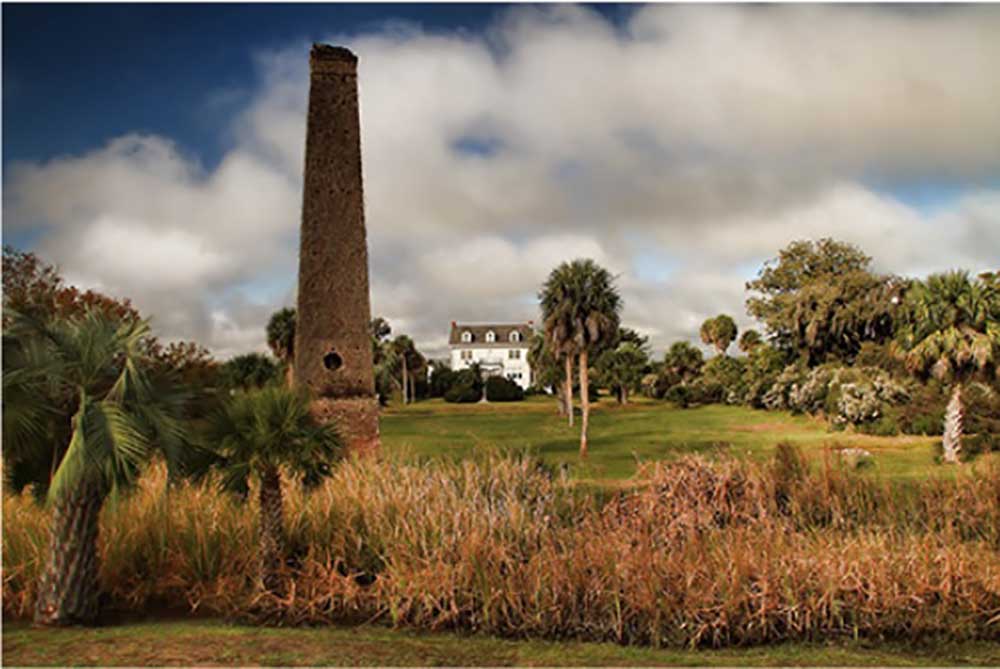
by lizzi | Dec 7, 2020 | News & Updates, Newsletter Vol. 9
By Burch Barger Hosted by The Coalition to Save Butler Island and organized by One Hundred Miles, three consecutive gatherings (both in person and online) were held recently to facilitate public conversation about the future of Butler Island. Participants in these...
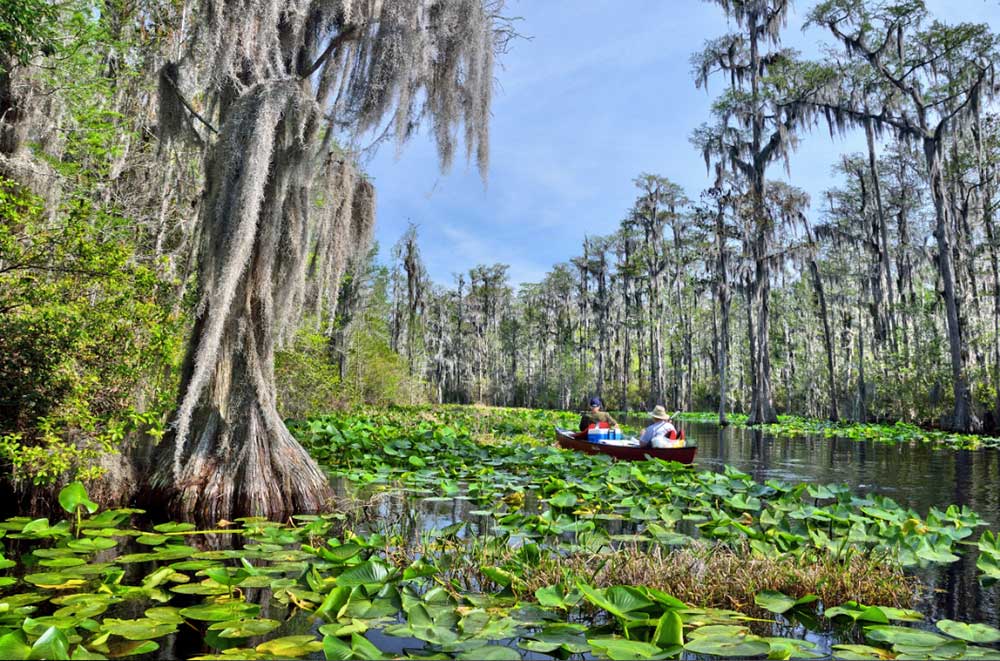
by lizzi | Dec 7, 2020 | News & Updates, Newsletter Vol. 9
By Burch Barger Published in November 2020, the tenth edition of the Georgia Water Coalition’s “Dirty Dozen” list highlights the issues that threaten twelve waterways throughout the state. Five of these are located in our coastal region: the Altamaha River, the...
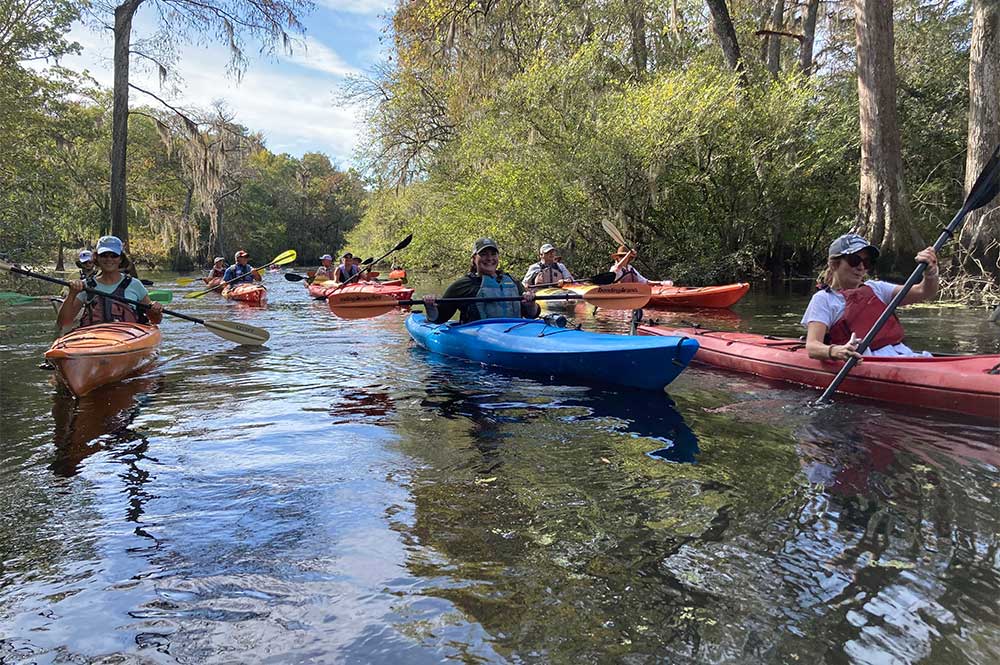
by lizzi | Dec 7, 2020 | News & Updates, Newsletter Vol. 9
By Burch Barger Undoubtedly, 2020 has been a challenging year for in-person engagement in all sectors of our society. Meeting via Zoom just isn’t the same as chatting in person. Thankfully, our coast’s mild climate and wide array of outdoor offerings have allowed...

by lizzi | May 13, 2020 | News & Updates, Newsletter Vol. 8
By Dorinda Dallmeyer Looking at a map of Georgia, you see its boundaries marked by straight lines and sinuous river valleys. The most striking is our southern boundary with Florida, where a line arrows east-southeast to meet Georgia’s Big Bend – the 126-mile-long St....







